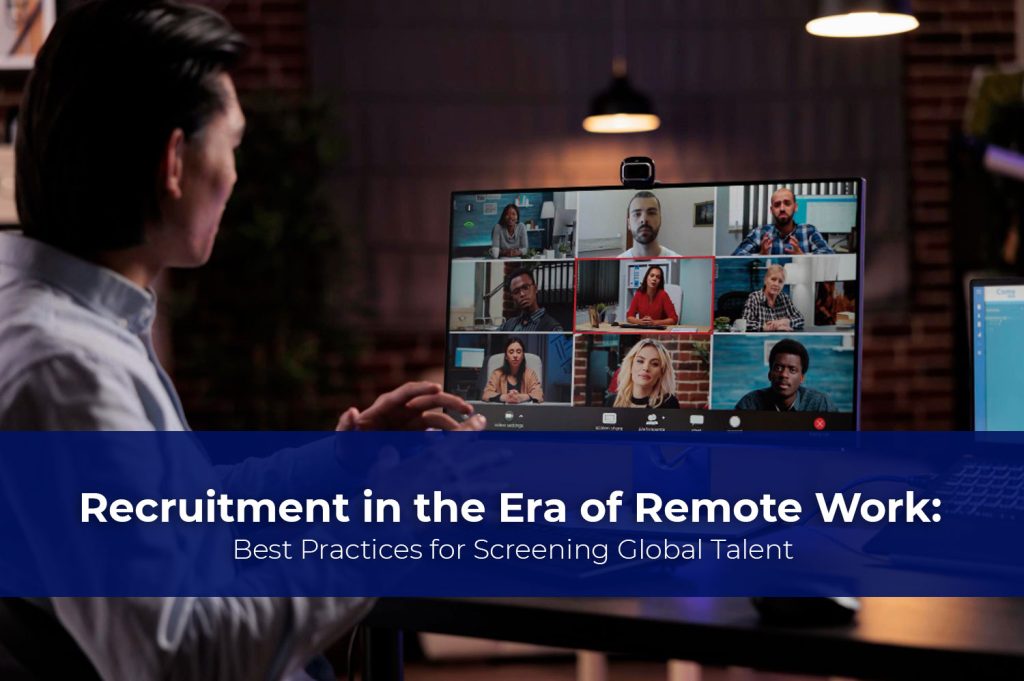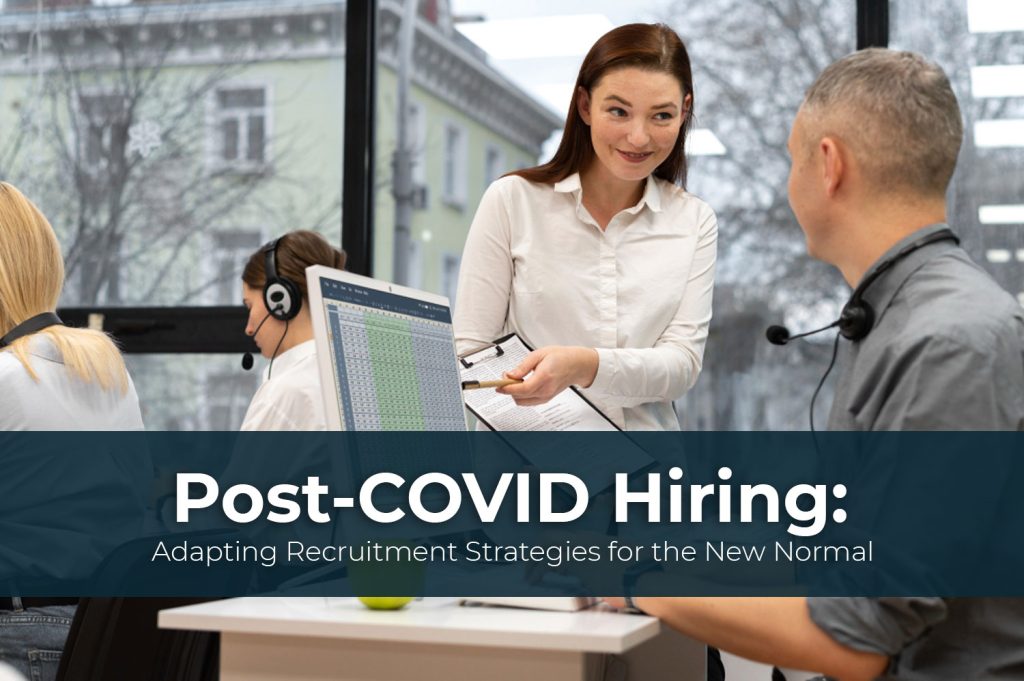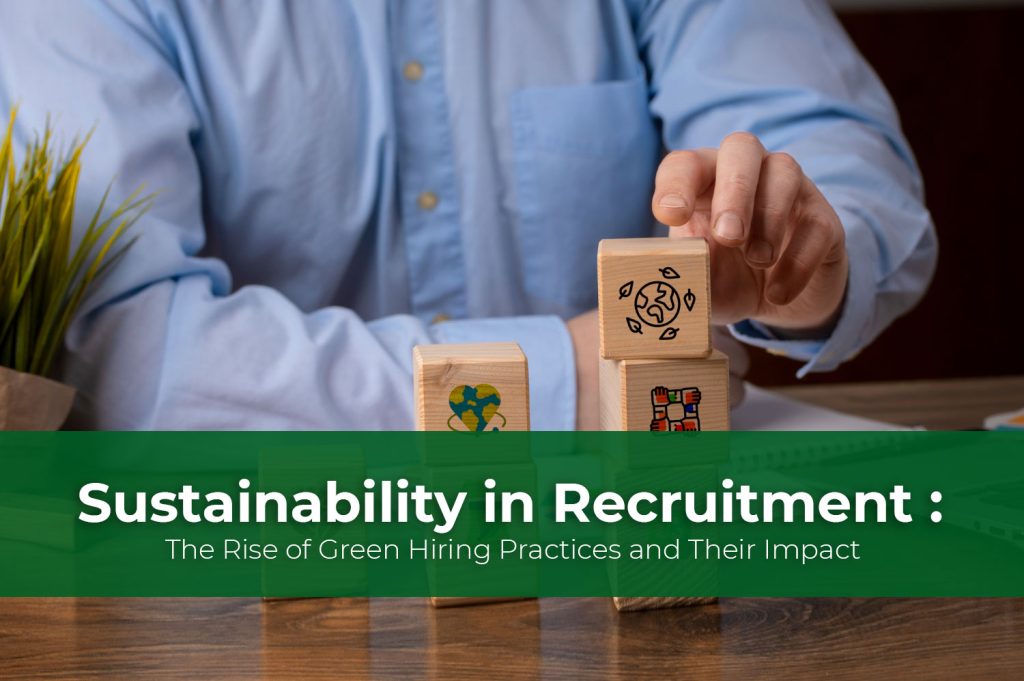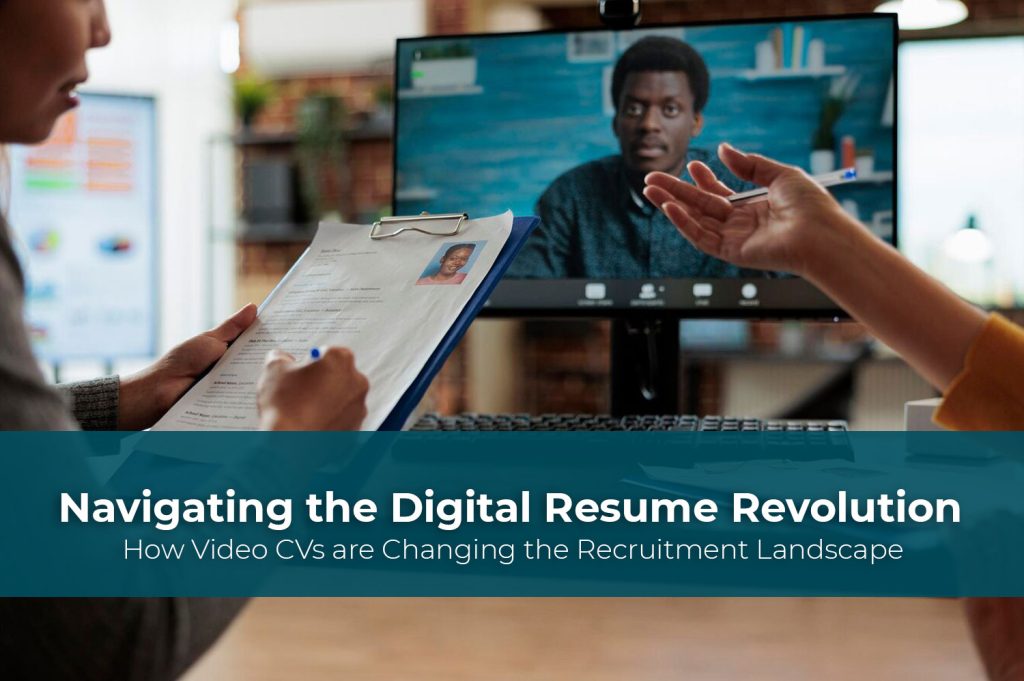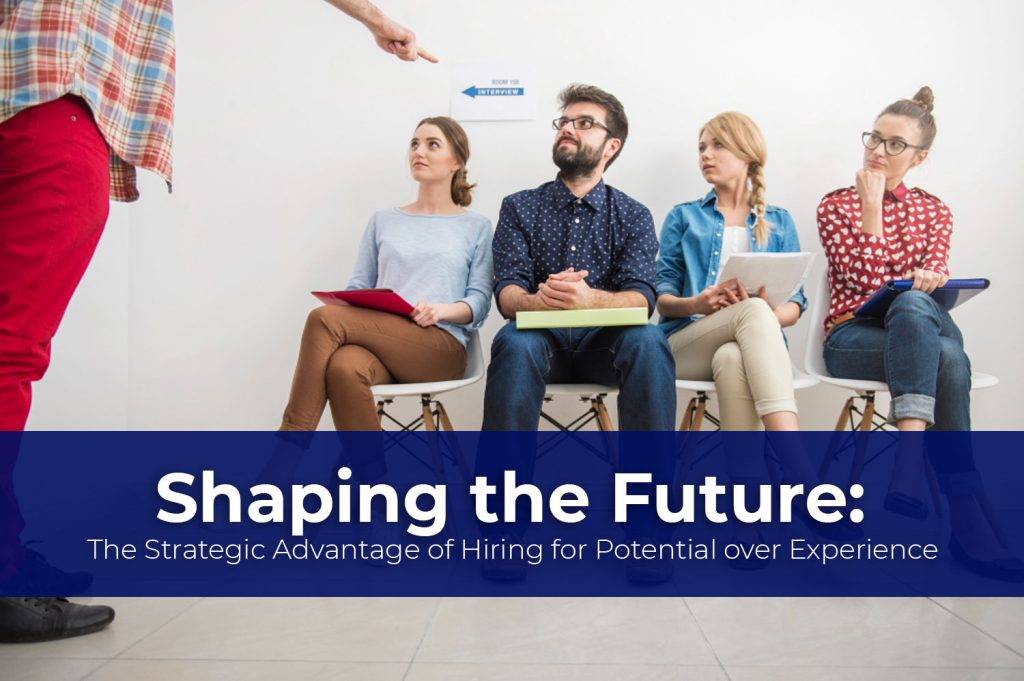Revisiting Your Passive Candidates Recruitment Strategy

“If you think it’s expensive to hire a professional, wait until you hire and amateur.” – Red Adair, American Firefighter
There has been an interesting trend on the rise, ever since the Covid-19 pandemic took over the world in 2020. We have noticed how the market (the recruitment industry) has shifted from client-driven marketing to candidate-driven marketing. This trend is due in part to a few different reasons. First, we need to go back to the ‘Great Resignation of 2021’ which saw waves of employees the world over leave their jobs in search of more accommodating career paths that were made necessary by the pandemic and lockdowns.
As a result, employers were forced to reorganize their approach to recruitment and focus more on the needs of candidates. This not only brought better candidate-centric opportunities to the forefront but tilted the favour to the side of the candidate. This in turn had the ripple effect of leveling the recruitment playing field and putting candidate needs on par with that of clients.
So, that explains the shift in focus for recruiters in the market. But, where do passive candidates come in? Well, that is what we are here to explore in this blog. We will have a look at how passive candidates fit into this equation, the benefits of hiring them and a few ways you can optimize your recruitment strategy.
Table of Contents
ToggleHow Do Passive Candidates Fit into the Picture?
The thing with passive candidates is that they make up roughly 70 per cent of the active global workforce. As a result, if you were the one to have the most effective strategy to access this large pool of potential talent, you would be leading the race for securing top talent.
Now given that the marketing efforts are favouring candidates more than before, it makes sense to direct those efforts to the talent pool that has the most potential and needs the work to be done to see results. Now, let’s have a look at what the benefits of hiring passive candidates are.
Passive candidates often have a proven track-record or skill set.

What Are the Benefits of Hiring Passive Candidates?
The whole reason that one would target passive candidates is that they have a proven track record of skills. These are qualified individuals that you want to engage. With that being the case, passive candidates are less likely to require further or extensive skill development to bridge the knowledge gap for the role.
This means that you spend less time and resources training them and get a faster return on whatever investment you do make. As an employer, you also reap the benefit of a smoother transition process.
How to Optimize Your Passive Candidate Recruitment Process
Now that we know why companies should and currently are targeting passive candidates more, we need to explore ways in which to optimize the recruitment process.
“It doesn’t make sense to hire smart people and then tell them what to do; we hire smart people so they can tell us what to do.” – Steve Jobs, Co-Founder of Apple
1. Know Your Demographic
When you hunt for talent in the passive candidate pool of potential employees, you are, of course, looking for the top talent to fill a given role. Now, you have to keep in mind that you are not the only one vying for this level of talent. The level of competition, even if not direct, will be rather high. What’s more, is that you need to give them a good enough reason to leave their current job if they are employed.
To get around a lot of this, you need to get personal with them. You need to know what makes them tick. The solution we recommend – research your demographic. Learn their work history, experiences, and motivations. These factors will not only give you insight into what kind of a candidate they are but also convey that there is a potential for development if they join your company.
2. Get on the Same Page with the Hiring Manager
When you’re trying to hire passive candidates, both you and your hiring manager need to be on the same page. Once you know the position you are hiring for, the next step is setting the expectations. You need to keep in mind that passive candidates may not have that much time to contribute to a lengthy hiring process. For this reason, you need the hiring manager’s help to make the process smoother and more efficient.
The hiring manager themselves should be available at a moment’s notice to answer candidate queries. At the end of the day, the hiring manager will know what might work best for the recruitment process. So you have to work together to bridge the gap between what you want and what will work.
3. Consider Getting in Touch with Past Candidates
One of the best places to recruit passive candidates is to look at your previous contact lists. Somebody who you interviewed in the past might not have been qualified for the job then. But, considering that enough time has passed, they might be experts at what they do now, so it might just be the perfect fit.
Plus, as a bonus, they would already be familiar with your company and what to expect. They also showed interest at one point for them to have taken the interview back then. So, chances are good that the competition would be low and minimizes your efforts to try and convince them.

Getting your timing right is crucial to recruiting passive candidates.
4. Look Outside of Job Boards
Traditional job boards are great and all. They are tried and true. However, they might not be the best place to find passive candidates. You might want to consider looking at new and innovative venues such as social media groups, universities, and so on. You could even look into starting a referral program through your most recent hires and have them do the networking on your behalf.
5. Get Your Timing and Approach on Point
Passive candidates don’t respond well to a hurried recruitment process. You also have to consider that they have jobs of their own. So, getting the timing right is crucial. Once you figure out when the right time to engage them, you need to work on the approach.
As the employer, you need to put the candidate at ease. The conversation should be more about them and what they need, as opposed to what the company needs. This will show them that you want them for their skills and that they are valued assets of the organization.
“People are not your most important asset. The right people are.” – Jim Collins, American Author
6. Give Them Something They Don’t Have
Sometimes the most effective way to win over passive candidates is to resort to the good old approach of offering them something they want, but don’t have. It’s basic marketing – people want what they don’t have. Look at what their current employer is giving them, and try to take it a step further.
Look at their current company’s salary structure, work culture, growth opportunities, and so on. Find out where the company falls short and fill in the gaps. Here’s the thing though, a little bit can go a long way!
7. Online Presence Is Key
Having a strong online presence is to establish the legitimacy of your business in the eyes of the public. The virtual brand is as important as the real thing in this highly digitized world. Look, you don’t have to reinvent the wheel. It could be as simple as starting a company blog, updating your website and social platforms, or whatever you feel will drive the most traction in terms of visibility and engagement. The minute you contact a candidate, you know that they are going to Google who you are, what you do and all that important information. The easier they find it and the more information you showcase, the more likely they are to trust your brand and take up the job offer.
Revisit Your Hybrid Work Policies
In the post-Covid-era, it would appear that remote working and hybrid work models are here to stay. By now, this is something you might have read about a thousand times. If you want a passive candidate to leave their current job for your company, you need to give them more than a vague promise of flexibility.
We aren’t in the same crisis as we were in 2020 when the pandemic first hit out of nowhere. Nowadays, if you want the hybrid work model, you need to set clear expectations for working hours and the aforementioned flexibility. It’s a double-sided blade. On the one hand, a hybrid work model can provide high levels of employee satisfaction and reduce turnover rates. On the other, you need to make sure that the parameters are good enough to generate business and keep operations running smoothly.
Hence, revisiting your hybrid work policies can work wonders for your passive candidate recruitment endeavors.

















